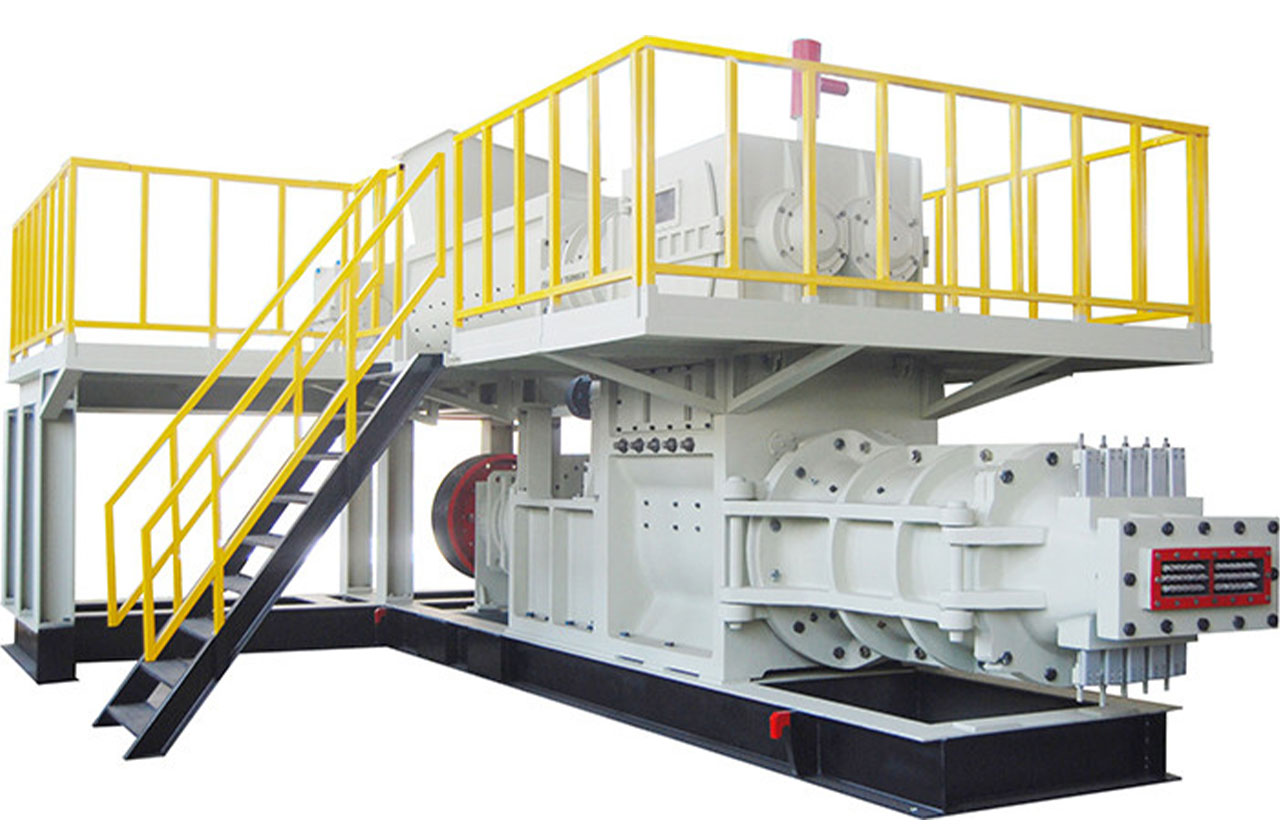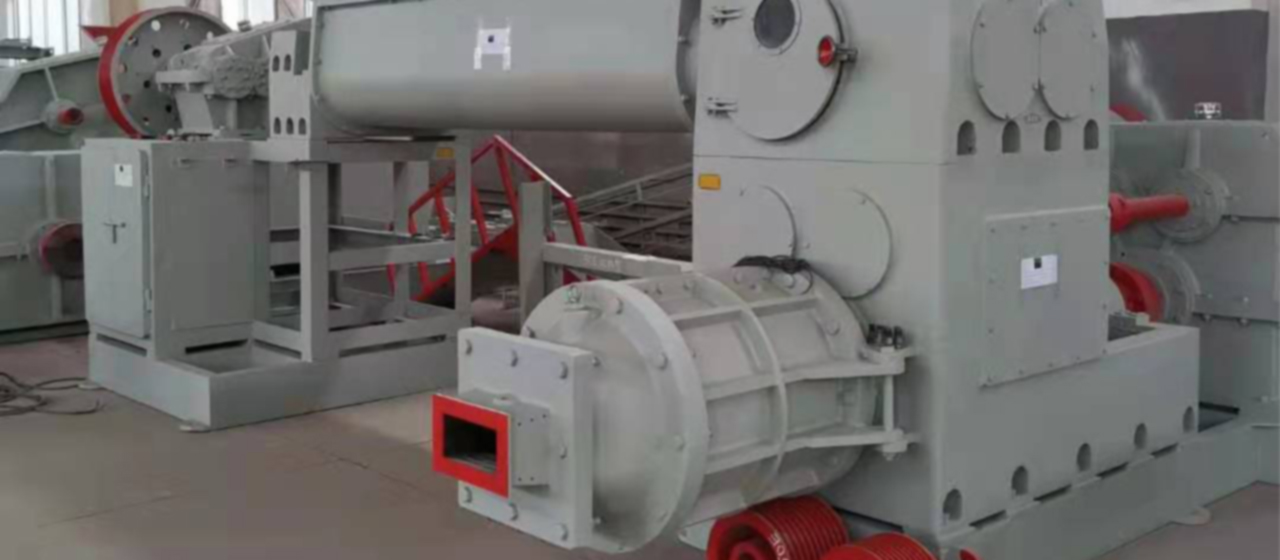Advantages of red clay hollow bricks in modern building china

–1—
—2—
Houses built with high-performance thermal insulation blocks have a long-term use value due to the very good durability of sintered materials, which can ensure that the investment can serve several generations. High-quality sintered brick masonry buildings can be sold at high prices.
—3—
The comfort of the living room is good. A house built with high-performance thermal insulation blocks can make the interior feel very comfortable. Because of the countless micropores in the sintered product, it can adapt to the change of indoor and outdoor humidity very well, so it can ensure that it has a very good storage capacity for water vapor and a very good release capacity. The sintered building materials have a warm-colored surface, which can buffer the changes in humidity and heat. The sintered building materials have very few harmful substances, which can ensure a healthy indoor environment and make people feel comfortable indoors.
—4—
Due to the pores formed when the sintered block is formed and a large number of microporous structures are left during sintering, the external wall constructed with it has excellent thermal insulation performance.
—5—
Since the sintered blocks can naturally absorb the energy of the sun, it can also absorb and store the heat generated in the room. The heat absorbed by the wall can be released into the room through the wall, but the release time is longer-the temperature delay time is long. In winter, this process of absorbing and releasing heat balances the fluctuation of indoor temperature, which saves energy for heating, and at the same time feels comfortable and warm indoors, and cool in summer.
—6—
Sintered blocks have ideal characteristics of absorbing and releasing moisture. It absorbs indoor moisture and releases moisture at the same rate as the block. The surface of the wall can be kept relatively dry in any season, which ensures the comfort of the indoor environment.
The sintered wall roofing material product is a product with a microporous system. Its moisture conduction function can adjust the humidity in the building, and the speed of moisture absorption and drainage is equal. The water absorption and drainage speed of bricks are higher than other building materials 10 The structural strength of the building is not affected in any way when water is absorbed and discharged. This alone can improve the living environment and make the human body feel comfortable. Moreover, the equilibrium moisture content of the brick masonry is very low, which enhances the heat insulation effect of the masonry.
The equilibrium moisture in the wall of a building refers to the balance between the moisture left on the wall after drying and the moisture in the atmosphere. For brick masonry, this equilibrium moisture only accounts for 0.3% to 0.7% of its volume. Compared with other building materials, this is a very low value. It is precisely because of this very low value that it provides a comfortable and healthy environment for people living in brick buildings. The water absorption speed and drainage speed of the brick masonry are almost the same, so it can adjust the humidity of the small environment in the living room, which is often referred to as the \”breathing\” effect. In addition, the very low equilibrium moisture content of brick masonry is also very important for energy saving.
Because of the increase in water content of building materials, its thermal insulation performance will deteriorate (or deteriorate). In this sense, the brick itself is a very good \”insulation body\”, and it can also effectively protect the thermal insulation material layer compounded with sintered bricks or blocks, and will not reduce its thermal insulation performance due to moisture absorption. performance. The proper drying time for the main body of a newly-built building means that after the construction of a building in a specific area, it can be dried at an appropriate time without using a special heating method. Generally speaking, each type of masonry structure absorbs water directly from the mortar during construction.
The criterion here is: the speed at which the absorbed water is discharged from the material. Because brick buildings have a slight vapor diffusion resistance, they dry very quickly and the average drying cycle is very short, which provides time for the early delivery and move-in of new buildings. The drying cycle of the wall depends on different regions and seasons. And this drying process of some building materials often lasts for several years.
Therefore, the drying time should be specified in the design according to the selected materials and different regions. Our country is not sufficient for this time, often in order to shorten the delivery period, move in early, resulting in moldy and deterioration of the decorative materials; in addition, due to improper selection of materials, the materials are often dehydrated after the residents move in, causing problems such as wall cracks.
—7—
Thermal comfort is very important, that is, the temperature parameter of the indoor wall surface of the building. When the surface temperature is much lower or higher than the indoor air temperature, it causes a very uncomfortable feeling. The sintered block has very good thermal insulation performance, and the outer wall built with it ensures a higher temperature of the indoor wall, so it has a very superior thermal comfort.
In summer, and vice versa. The \”secret\” of good thermal insulation performance lies in the microporous structure, where there is air in the small micropores. Add micropore formers during the preparation of raw materials, such as sawdust. After being shaped and dried, it is fired at a high temperature of about 1000℃. The sawdust burns and volatilizes, leaving countless small and air-containing micropores, which greatly improves heat preservation. Thermal insulation performance. The porosity of the sintered block, combined with the well-designed hole geometry, has very good thermal insulation performance, which can greatly reduce the heat loss through the external wall.
The sintered block can be used as a heat storage body, and the sintered block wall can naturally absorb the heat from the sun and can store the heat from the room. When needed, the indoor heat it absorbs can then be transferred back to the supply room. This kind of performance can make the room feel comfortable. The characteristic becomes \”phase shift\”. The house of sintered blocks does not cool too quickly in winter, and it can keep the interior cool in summer. Sintered building materials have relatively low equilibrium moisture content and fast drying characteristics. Therefore, the walls of sintered building materials can quickly form the best insulation layer, thereby saving energy consumption for heating and air conditioning.
—8—
Excellent fire resistance-sintered building materials products will not burn, they are sintered products, so they have \”immunity\” against fire. Sintered building materials will not produce any harmful gases in the event of a fire. When the thickness of the wall is 8cm or thicker, the wall can reach a fire rating of F90. That is to say, in the event of a fire, people have 90 minutes to escape or transfer property. When a fire occurs, the harm to the human body is generally not the direct impact of the fire, but the smoke generated by the combustion of flammable building materials and decoration materials. But sintered blocks are sintered at high temperature, they do not burn, and will not release any harmful gases when a fire occurs.
—9—
Sound insulation performance is good. Sintered hollow (porous) blocks are sound insulation. Buildings need to have sound insulation measures to prevent noise from the outside and noise from neighbors. The noise generated by ventilation, impact and structure should be reduced to a level that does not affect others. The walls and floors made of sintered blocks ensure a quiet living environment and prevent noise from outside and inside the building. The outer wall of sintered blocks has excellent sound insulation performance. For places with special uses, there are also special sound insulation hollow blocks.
—10—
High structural strength. Sintered blocks are safe houses. Sintered blocks have a variety of different compressive strengths, and effective quality control and monitoring in production. For builders and architects, sintered blocks are safe and reliable.
—11—
Good seismic safety: For earthquake-resistant areas, sintered blocks for earthquake resistance have been specially developed. The wall built with seismic blocks shows that its seismic capacity is ten times higher than that of conventional blocks. Therefore, in earthquake areas, seismic blocks can be used to build safe, economical and durable buildings. In high-earthquake areas, it is entirely possible to use sintered blocks to build walls. Because of every other building material, the wall structure and building structure selected in the earthquake-prone area must also meet the seismic requirements. Sintered blocks have high mechanical strength, and have very good bonding characteristics with mortar, so it can effectively improve the seismic performance of buildings.
Economical: Sintered blocks have the greatest quality and value retention. Although the choice of wall materials has little effect on the total cost of the building, it determines the quality of the building. Houses built with sintered blocks are economical, safe, and can maintain and increase in value, because the durability of sintered blocks is unparalleled. The use of sintered blocks can shorten the construction period of the building, significantly reduce the amount of mortar, and the maintenance cost during the use period is very low. The high thermal insulation performance and air tightness of sintered blocks greatly reduce energy consumption. The long-term service life can be preserved and increased in value, and houses can be built for several generations.









